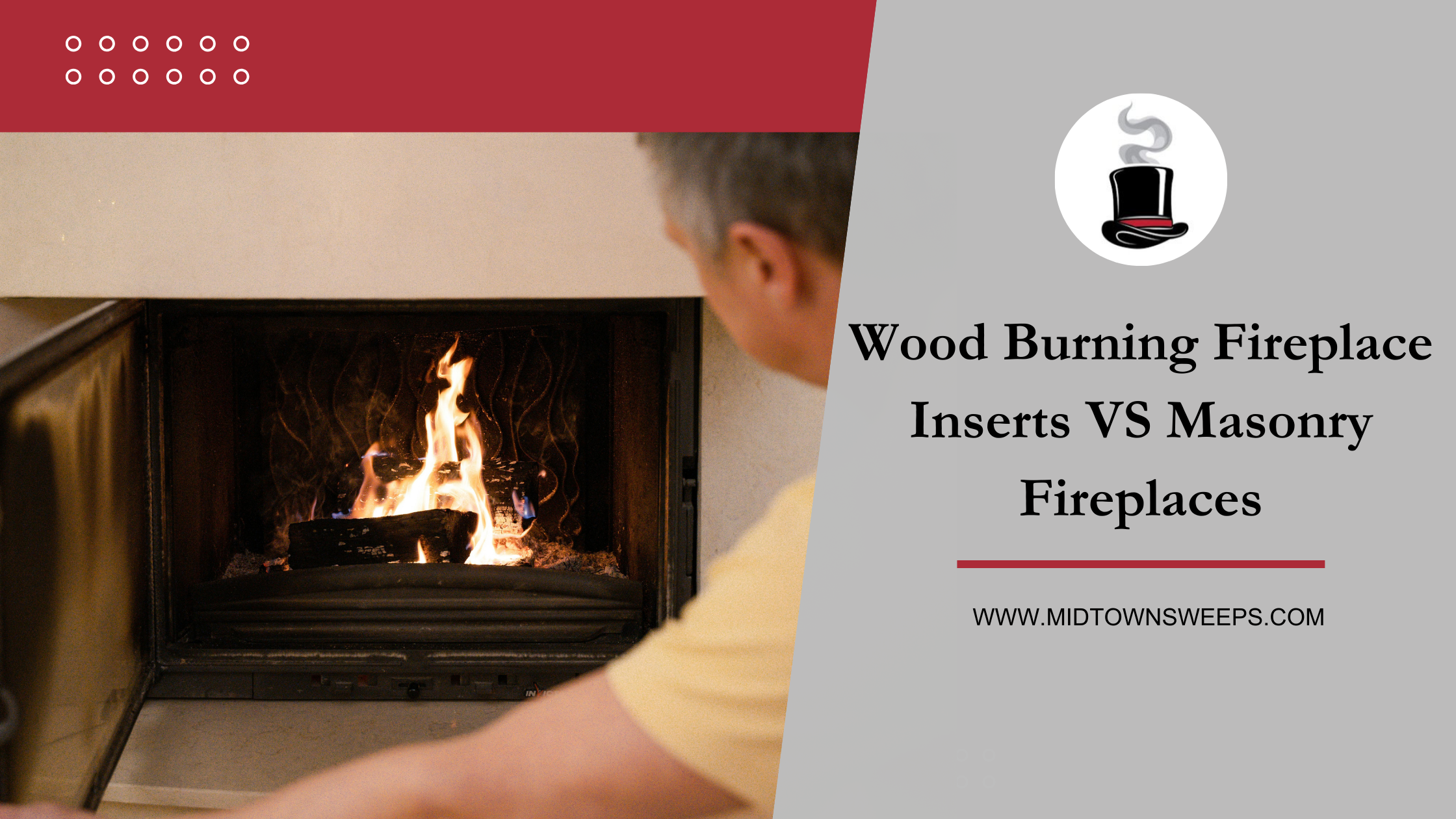There isn’t anything better than spending a winter evening next to a cozy fire, whether it’s an outdoor fire pit or fireplace. However, a comfortable evening can turn tragic if homeowners don’t take the proper precautions once the fire is out.
Here are some helpful tips regarding fireplace ash disposal to help you prevent a potential fire hazard.
When to Remove Ashes
The combustion of wood causes ash. While it may not be an attractive sight, most manufacturers typically recommend leaving a one-inch layer of ash in your fireplace to provide heat insulation and even heat distribution.
If you let the ash build up more than an inch, the ash can become corrosive and ruin the bottom of your fireplace or the grate that holds your logs. It can also make it challenging to build a hearty fire. Therefore, it’s important to remove ashes once the layer of ash increases above an inch.
How to Safely Remove Ashes
You can remove ashes from your fireplace or woodstove in different ways. Regardless of which method you use, it’s essential to clean your stove when the fire has died out.
If you use a shovel and bucket, first put on protective gloves. Then, gently slide all the coals to the front of the stove with a rake or poker. Now, gently scrape the ashes from behind the coals with a metal shovel, careful not to overload the scoop. Allow the ash to slide off the shovel- do not dump the ashes into the bucket. Once finished, cover the bucket of ashes with a damp towel and take it outside to a non-combustible container.
If you have an ash vacuum cleaner, that is another solution. Fireplace ash vacuums come with a heat-resistant thermal hose, generally composed of rubber-coated steel. The thermal hose is helpful if your vacuum runs across some unexpectedly hot embers. The nozzle of the fireplace vacuum is also metal, and it cleans the interior of your wood-burning stove or fireplace.
Regardless of which method you use, always dispose of the fireplace ash as soon as possible. It’s never a good idea to put fireplace ashes in a combustible plastic garbage can since they can easily catch fire. If you must take the ashes from the fireplace before they have completely cooled, place them in a metal bucket. Move the bucket outside the home, away from any combustible materials.
What to do With Ashes
Once you’ve safely removed the ashes from the fireplace and let them cool in a metal can, you can use them for various purposes.
Wood ash can naturally provide calcium and potassium to your soil, and it’s water-soluble. Tomato plants can thrive with a wood ash supplement.
You can also add wood ashes to your compost pile or bin. Again, the finished soil will benefit from a modest amount of nutrients added to each compost layer.
Surprisingly, you can use wood ashes mixed with a bit of water as a mild abrasive. It turns into a paste that you can use to buff tarnished metals, clean filthy glass, and even remove adhesives and sticky residue.
You can also use ash for driveway stains, insect control, metal polishing, soap making, and even to remove skunk smell!
Hopefully, these tips keep your comfortable winter nights by the fire safe and stress-free.












